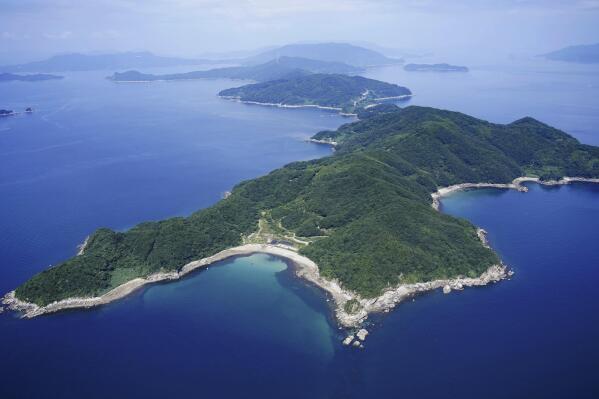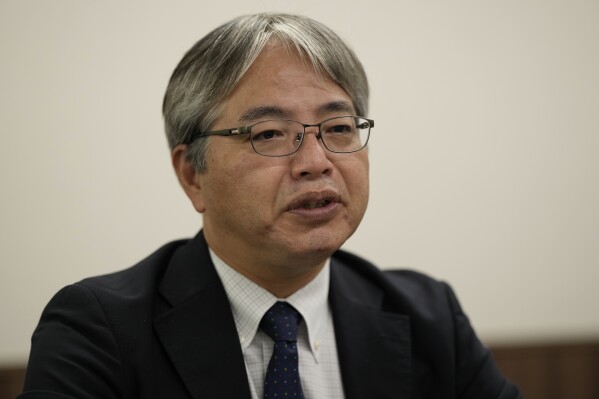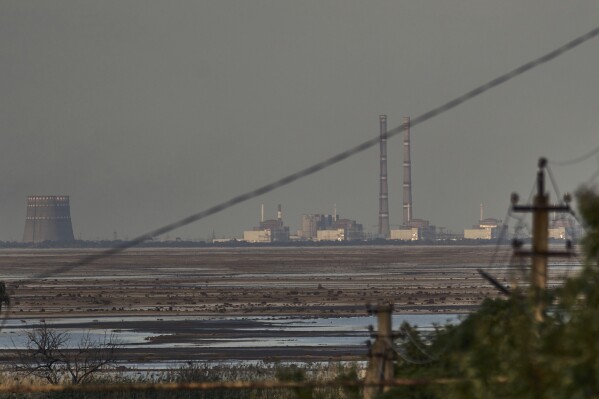Company that leaked radioactive material will build barrier to keep it away from Mississippi River
The energy company responsible for leaking radioactive material from its nuclear plant in Monticello, Minnesota, in recent months has announced that it will build an underground metal barrier to keep affected groundwater away from the nearby Mississippi River.
Xcel Energy said construction will last several weeks and should begin between Friday and Monday, according to a statement posted on the city of Monticello’s website Thursday.
“Constructing the barrier wall is another step the company is taking to try and ensure that the small amount of tritium still present in the groundwater remains within the plant boundaries and can be safely recovered, stored and reused on site,” Xcel said in the statement.
Xcel discovered in November that about 400,000 gallons (1.5 million liters) of water containing tritium — a radioactive isotope of hydrogen — had leaked from a faulty pipe. The utility made a temporary fix but learned in March that hundreds more gallons of tritium-laced water had leaked, leading to a dayslong shutdown to fix the pipe.
 Japan’s nuclear plants are short of storage for spent fuel. A remote town could have the solution
Japan’s nuclear plants are short of storage for spent fuel. A remote town could have the solution
 Fukushima official says release of treated water is a milestone in nuclear plant’s decommissioning
Fukushima official says release of treated water is a milestone in nuclear plant’s decommissioning
 Land mines are in place around a Russian-occupied nuclear plant in Ukraine, UN watchdog warns
Land mines are in place around a Russian-occupied nuclear plant in Ukraine, UN watchdog warns
The leaks were contained within the plant’s boundaries and did not enter the river, the company has said.
Xcel has permanently fixed the source of the leaks, and the plant has returned to normal operations, according to the company’s website Thursday. About 80% of the leaked tritium has been recovered as of August.
“We will continue recovering impacted groundwater until our monitoring wells indicate the groundwater meets the EPA’s Safe Drinking Water Act standards,” the company’s website said.
The U.S. Environmental Protection Agency has said water with tritium is safe enough to drink if the amount of tritium is less than 20,000 picocuries per liter.
The tritium level was about 5 million picocuries per liter in November in groundwater within the plant’s boundaries, the company’s website said.
As of August, the highest tritium level was 900,000 picocuries per liter — which is not considered safe enough to drink — within the plant’s boundaries.
In the water adjacent to the Mississippi River, the highest tritium level was 1,000 picocuries per liter, which is safe enough to drink.
Leaked tritium still has not been detected in the river, the company’s website said.
Although the utility and health officials say the leak is not dangerous, the issue has prompted concerns among residents and raised questions about aging pipelines.
The nuclear plant, which provides carbon-free energy for the region, is about 40 miles (64 kilometers) northwest of Minneapolis.
___
Trisha Ahmed is a corps member for the Associated Press/Report for America Statehouse News Initiative. Report for America is a nonprofit national service program that places journalists in local newsrooms to report on under-covered issues. Follow Trisha Ahmed on Twitter: @TrishaAhmed15
Disclaimer: The copyright of this article belongs to the original author. Reposting this article is solely for the purpose of information dissemination and does not constitute any investment advice. If there is any infringement, please contact us immediately. We will make corrections or deletions as necessary. Thank you.






